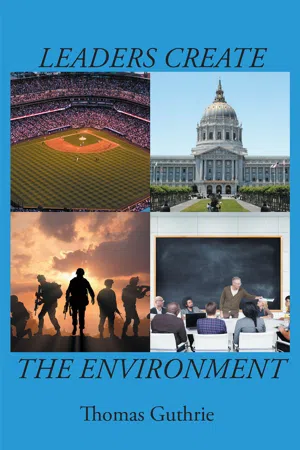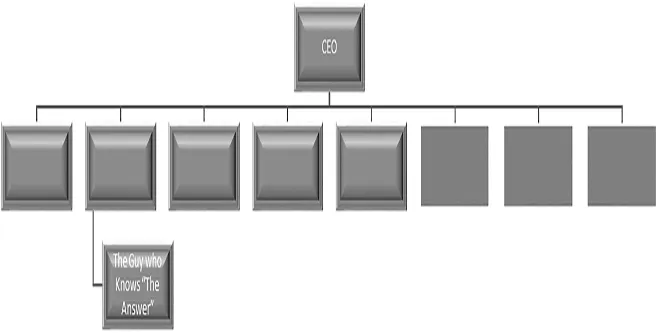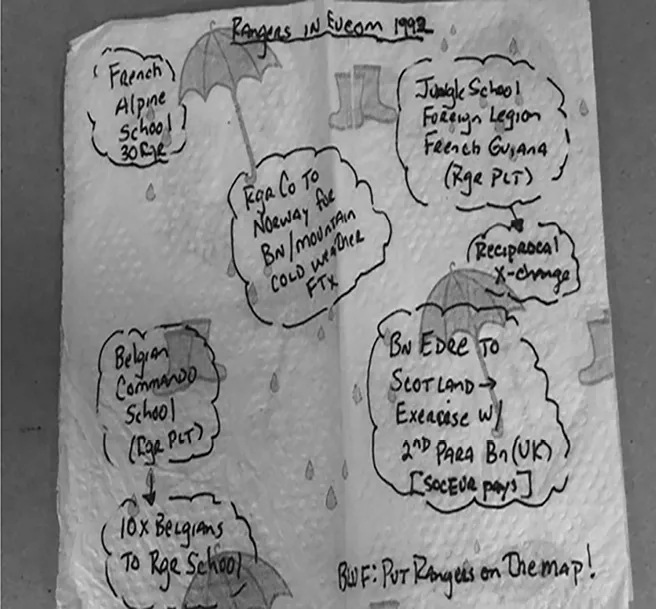
Leaders Create the Environment
- 60 pages
- English
- ePUB (mobile friendly)
- Available on iOS & Android
Leaders Create the Environment
About this book
Based on his 28 years of Army service in infantry units, Tom Guthrie suggests that leaders of any organization (military, business, sports, etc.) are responsible for creating the environment that enables the organization to succeed and the members in it are developed so that they have future success. While many senior executives are capable of providing their organization a vision and even a strategy on how to get there, not many give that same amount of intellectual energy into what they want their organization to "feel" like; describing the environment that they know will get them to that vision. Tom Guthrie believes that the Environment is a function of Organizational Values, the Climate, and the Culture and that the leader "owns" all of it.E = f (Values + Climate + Culture)This is not a theoretical, rub your chin in deep thought type of book. Tom uses personal and professional examples from his career to bring this idea to life and then offers a practical example of the environment he created while commanding hundreds and even thousands of Soldiers.
Frequently asked questions
- Essential is ideal for learners and professionals who enjoy exploring a wide range of subjects. Access the Essential Library with 800,000+ trusted titles and best-sellers across business, personal growth, and the humanities. Includes unlimited reading time and Standard Read Aloud voice.
- Complete: Perfect for advanced learners and researchers needing full, unrestricted access. Unlock 1.4M+ books across hundreds of subjects, including academic and specialized titles. The Complete Plan also includes advanced features like Premium Read Aloud and Research Assistant.
Please note we cannot support devices running on iOS 13 and Android 7 or earlier. Learn more about using the app.
Information




- Thirty or so Rangers to attend the French Alpine School
- A Ranger platoon (thirty to forty Rangers) to attend the Belgian Commando School
- Coordinate for ten Belgian commandos to attend our US Army Ranger School (thank God for a thing called statute of limitations because I severely “bent” a few Army, and likely national, regulations making that one happen)
- A Ranger Company (approximately 150 Rangers) to Norway for a mountain-cold-weather exercise.
- Another Ranger platoon to attend the French Foreign Legion Jungle School in French Guinea, and in reciprocation, plan an exercise for forty legionnaires in the United States
- And the big one! Plan a “secret” Ranger battalion (seven hundred Rangers) exercise with the British Parachute Regiment where the Ranger Battalion would fly from Georgia to Scotland, conduct an airborne assault into Scotland, then plan a ten-day combined exercise with the Brits. Just to make that one more interesting, he told me that he did not want to pay for that exercise, so I needed to find some other headquarters to foot the near-$4million bill. Nice.
Table of contents
- Organizational Values
- Climate
- Culture
- Organizational Environment
- Creating the Organizational Environment: An Example
- The Knowledge that Subordinate Input is Valued
- Leaders Communicate, Listen, and Care
- A Sense of Collaboration, Shared Responsibility, and Trust Exists
- Freedom to Exercise Initiative
- Honest Mistakes Are Forgiven
- Role Models and Mentors Are Present and Active
- Challenging Education and Training
- Organizational Assignments and Opportunities that Prepare Leaders for Future Responsibilities Are Deliberately Planned
- Employees’ and Leaders’ Time Is Not Wasted
- Teamwork—Downward, Laterally, Upward, and Even with Our Competitors